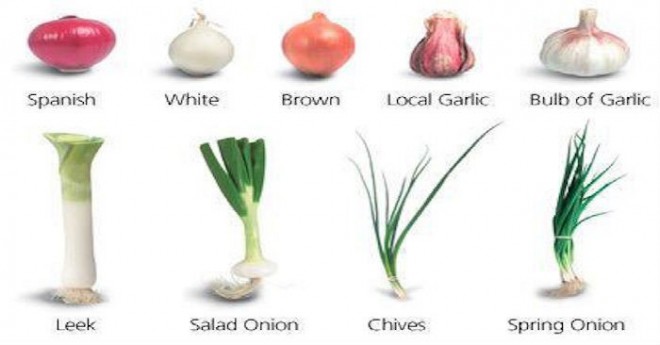Health Benefits Of Different Types Of Garlic

Allium sativum, commonly known as garlic, is a species in the onion genus, Allium (or Alliaceae). Its close relatives include: onion, shallot, leek, chive, and rakkyo. Garlic has been grown and used in human diet for a very long time, not only because of its distinctive flavor, but also because of the numerous medicinal properties it possesses.
Garlic is a great source of chromium, a mineral that enables the cells to respond adequately to insulin in the blood. Garlic regulates blood sugar levels in diabetics. The amount of vitamin C and manganese in the garlic efficiently helps in the treatment of colds and the flu, which means that it possesses anti-inflammatory effects. In addition, pyridoxine and vitamin B, also found in garlic, fight neurotic conditions.
Young garlic is rich in vitamin C and vitamin K which is necessary for normal bone development. Vitamin C helps in the synthesis of collagen that makes bones strong and increases the utilization of calcium from food, while vitamin K has a major impact in maintaining bone density.
Besides vitamin C and vitamin K, garlic is also rich in vitamin A, which is much needed for good eyesight. Keep reading health benefits of different types of garlic here. And also check out how to plant garlic at home.
